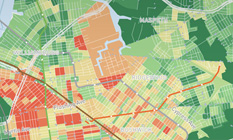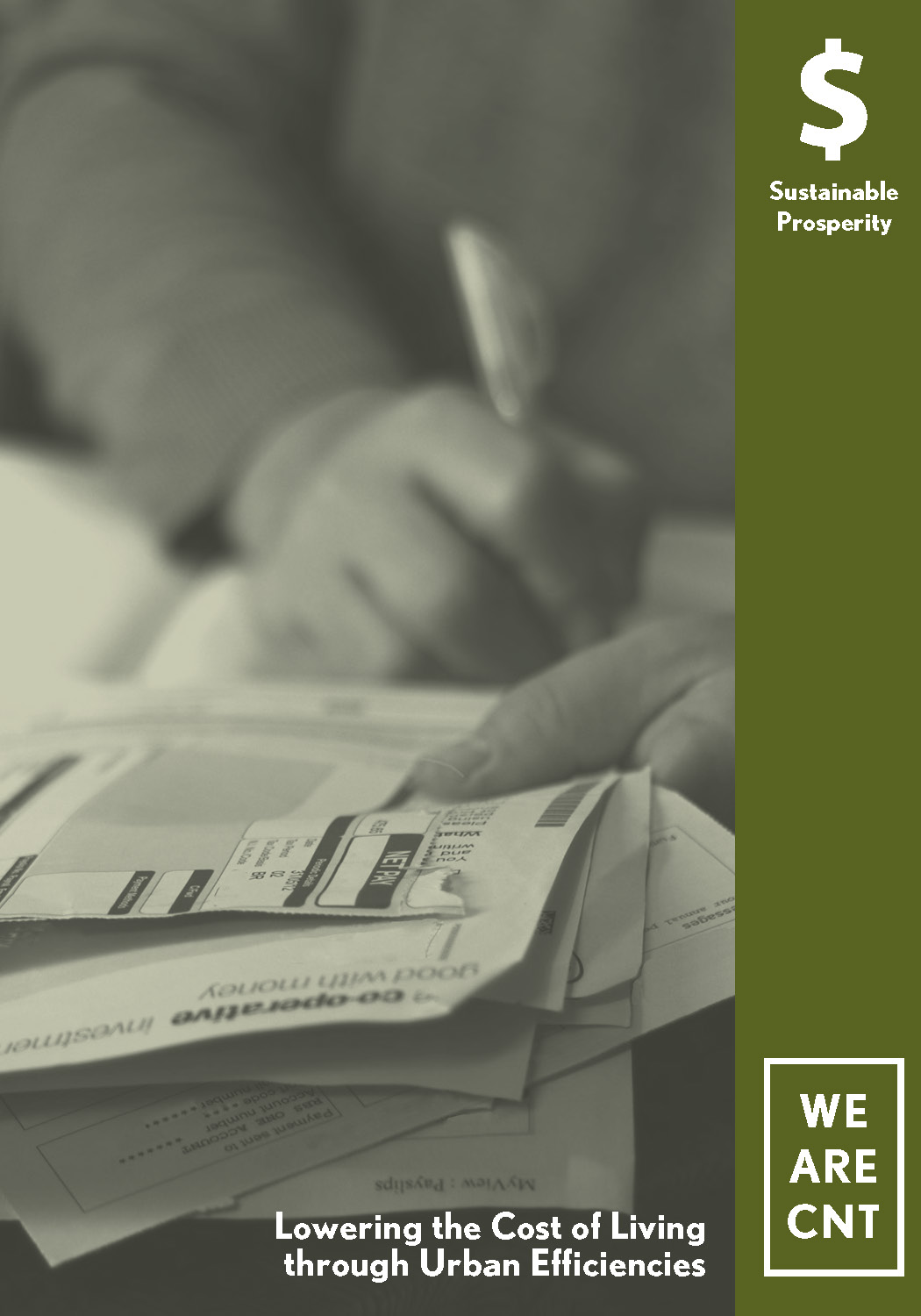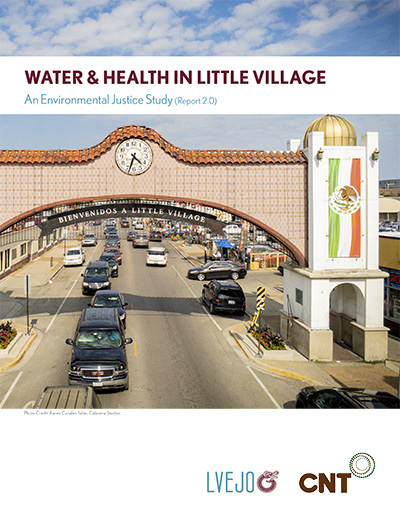As economic and environmental volatility becomes the new normal, CNT’s Sustainable Economic Development program is focused on recovery from these related crises. Sustainable Economic Development is a national initiative built on local economies’ unique assets to address their individual challenges and provide quantifiable real-world benefits. It is a practical, implementable toolkit that tailors strategies to work for local people, businesses, and institutions.
Elements of an anti-poverty program may be common from place-to-place, but solutions must be grounded in the political, social, and economic reality of a location if they are to create real change. The Sustainable Economic Development framework identifies a city’s specific needs and untapped opportunities, using these to lift people out of poverty and bolster economic and environmental resilience. These solutions are designed to raise incomes and decrease household costs by increasing resource efficiencies, improving access to jobs and services, and creating new employment opportunities.
How does this affect you? Our work has shown that:
- Targeting the benefits of location and resource efficiency initiatives can help cities create jobs and help put people on track to a lower-poverty, higher-wage future.
- Making these efficiency upgrades creates jobs, both temporary and ongoing.
- When people can participate in the economy on more than a subsistence level, they are able to fully contribute their talents to the workforce and community.
- The benefits of Sustainable Economic Development impact more than just those in poverty. For example, reducing energy use and expanding public transit options leads to less air pollution, which can improve asthma and heart conditions. Efficient homes and businesses will be more comfortable and safer. Reduced dependence on individual auto travel will make streets less congested, saving drivers time and money, and enhancing overall livability.





 Strengthening Transit Through Community Partnerships
Strengthening Transit Through Community Partnerships







